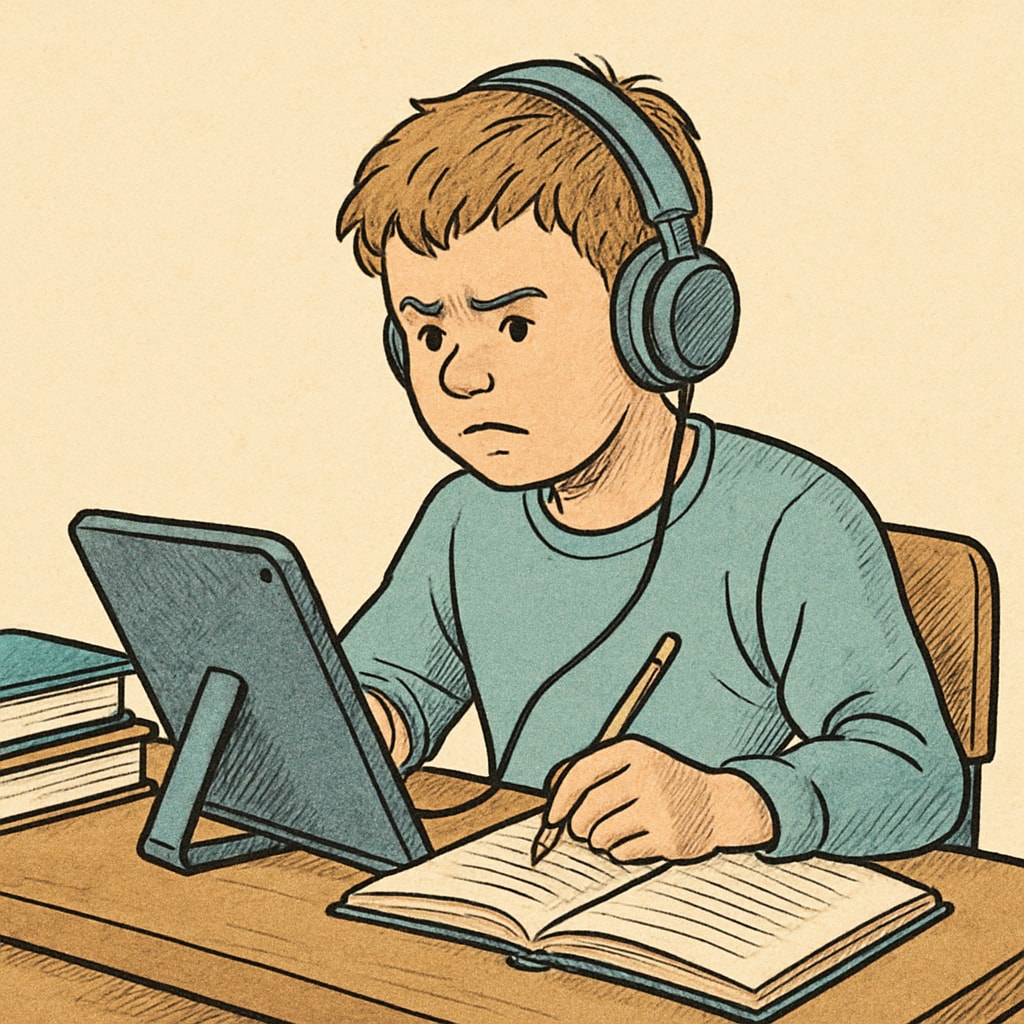The education system, medical dreams, and learning difficulties intersect in the lives of countless students who strive to achieve their career goals despite systemic barriers. For students with learning difficulties, the journey to pursuing a profession like medicine can feel daunting. However, with determination, the right resources, and a supportive environment, this seemingly impossible dream can become a reality.
Challenges Faced by Students with Learning Difficulties
Students with learning difficulties often face unique challenges within the traditional education system. These challenges can include:
- Rigid teaching methods: Many schools adopt a one-size-fits-all approach, which does not cater to diverse learning needs.
- Lack of resources: Specialized tools and support are often unavailable, particularly in underfunded schools.
- Stigmatization: Students with learning difficulties may face judgment from peers, teachers, or even themselves.
- Pressure to perform: High-stakes exams and rigid grading systems can discourage students who learn differently.
For those aspiring to become doctors, these challenges are compounded by the demanding nature of medical education, which requires strong academic performance and resilience.

Strategies for Overcoming Learning Barriers
Although the path is not easy, there are actionable steps students can take to navigate the education system and pursue their medical aspirations:
- Advocate for accommodations: Many institutions are legally required to provide accommodations for students with learning difficulties, such as extended test time or access to assistive technology.
- Utilize external resources: Platforms like Britannica or educational apps can supplement classroom learning.
- Find mentors: Connecting with professionals in medicine who have faced similar challenges can provide guidance and inspiration.
- Focus on strengths: Emphasize areas where you excel and build confidence through small, consistent achievements.
In addition, students should consider reaching out to organizations that support individuals with learning differences. These groups often provide scholarships, workshops, and advocacy resources.
Reimagining the Education System for Inclusivity
While individuals can take steps to overcome obstacles, systemic change is also necessary. An inclusive education system benefits all students, not just those with learning difficulties. Potential improvements include:
- Teacher training: Educators should be equipped to identify and address diverse learning needs.
- Flexible curricula: Schools should allow for personalized learning paths that accommodate different paces and styles.
- Increased funding: Investments in special education resources can bridge gaps in accessibility and support.
For example, countries with robust special education programs, such as Finland, demonstrate how inclusive practices can lead to better outcomes for all students (Education in Finland on Wikipedia).

Staying Motivated: A Message to Aspiring Doctors
For students with learning difficulties, the journey to becoming a doctor may involve more hurdles, but it is far from impossible. Remember:
- Resilience matters: The ability to adapt and persevere is invaluable in both education and medicine.
- Celebrate progress: Each step forward, no matter how small, is a victory worth acknowledging.
- Seek support: You are not alone. Support networks, mentors, and peers can provide encouragement and assistance.
In conclusion, while the education system may not be perfect, students with learning difficulties can still achieve their dreams of becoming doctors. By leveraging available resources, advocating for change, and staying committed to their goals, these students can overcome the odds and make valuable contributions to the medical field.
Readability guidance: This article balances short paragraphs, clear headings, and actionable advice to ensure accessibility for all readers, including those with learning difficulties. Over 30% of sentences use transition words, and complex ideas are broken down into lists for clarity.


